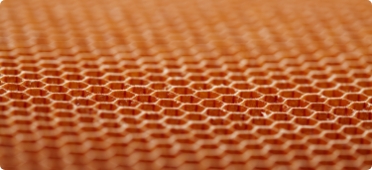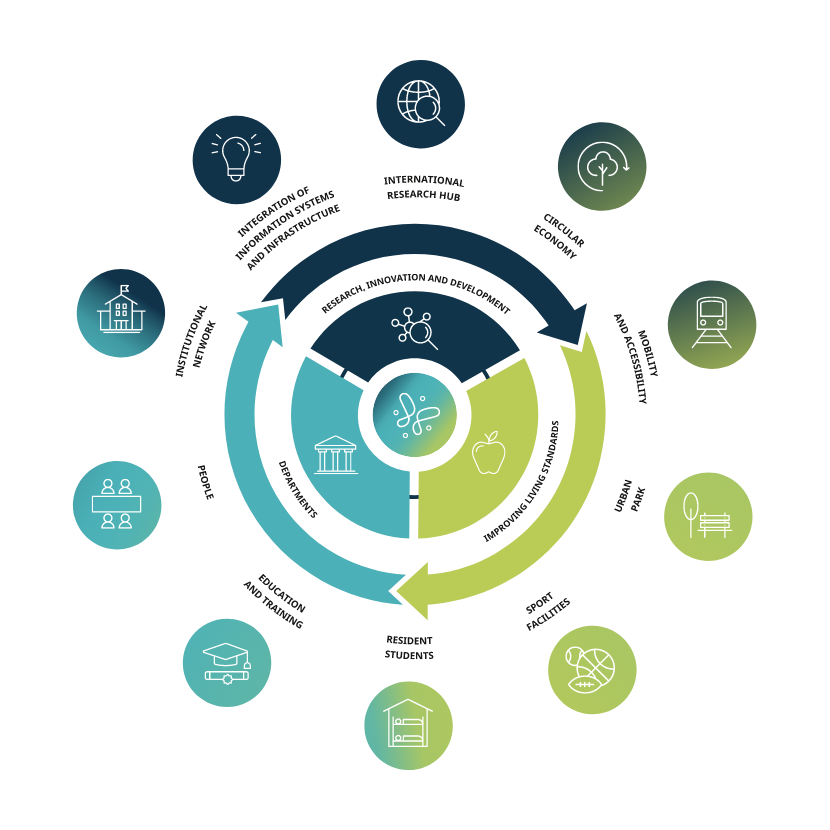

In July of 2021, the University of Turin kicked off building work on its new Campus The City of Science and the Environment that will host over 1,000 researchers and 10,000 students in Grugliasco, part of the Metropolitan area of Turin. A clear purpose drove this decision; that of intensifying innovation and knowledge in a number of key areas, including Agrifood, Biotech, Green Chemistry, Mobility and Energy, the Environment, Human and Animal Health and Material Science.
Butterfly Area, our innovative Ecosystem that will bring together businesses research institutes and other organisations, will take root in this very campus. The development of joint projects, with researchers and students, will give life to shared laboratory spaces and pilot plants as well as providing access to University research instrumentation and innovation services to all.
The Butterfly Ecosystem is born with sustainability in mind.
Bringing different departments together in a single campus will foster synergy between researchers in deeply interlinked sectors, including Agrifood, Green Chemistry, Renewable Energy, Advanced Materials, Bioeconomy and Environmental Sustainability.









The Butterfly Ecosystem is growing within The City of Science and the Environment, which is a project born from a Protocol of Agreement between the University of Turin, the Region of Piedmont, the Metropolitan City of Turin, the Chamber of Commerce, the Polytechnic University of Turin and the Municipality of Grugliasco.
The objective is that of creating new spaces in which students, teachers and researchers can work together with businesses that desire to launch research projects and new collaborations with the University of Turin.
The synergy between business, universities and the local territory is thus the advantage of the Butterfly Ecosystem and will lead to the development of strategic actions that will particularly focus on:
• mobility and accessibility
• research, innovation and development
• education and training
• the transition towards a circular economy
• reducing environmental footprints
• improving living standards and community wellbeing
• the integration of information systems and infrastructure
• resident students
• services for future users

 10,000 Students
10,000 Students
 1,000 researchers
1,000 researchers
 Molecules
Molecules
 Microorganisms
Microorganisms
 Plants
Plants
 Cultivated Land
Cultivated Land
 Greenhouses
Greenhouses
 Animals
Animals

